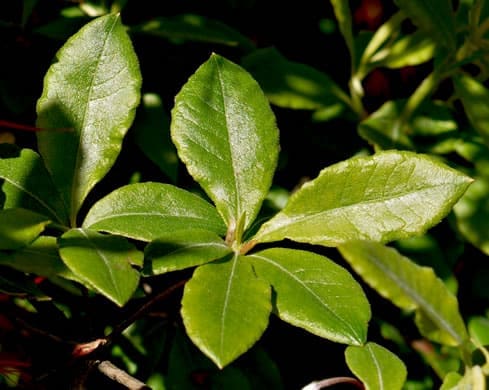Ericaceae
Oconee azalea
Rhododendron flammeum
Synonyms
Rhododendron speciosum
Azalea speciosa
Plant Type
Shrub (less than 10 ft)
Life Cycle
Perennial
Typical Size
6-8 ft. tall
6-8 ft. wide
Inolerant of
Direct Afternoon Sun
Plant Planting Notes
Provide up to 8 ft spacing.
Plants/Diseases
Oconee azalea is susceptible to infestation of several insects such as aphids, boreres, mites, mealybugs, etc. and may experience canker, crown or root rot, leaf spot, rust, or powdery mildew.
Wildlife Benefits
Nectar/pollen source for pollinating insects, Nectar source for hummingbirds
Leaves
Leaves alternate, elliptical with entire margins.
Flowers
red, orange, and sometimes yellow. Tubular with 4-5 petals.
Fruit
Capsule.
Toxicity
High toxicity if ingested.

USDA Hardiness Zones
6, 7, 8
Light Exposure
Part Sun/Shade, Full Shade
Soil Moisture
Moist
Soil Drainage
Well-drained
Soil pH
Acidic (less than 6.0)
Native in South Carolina?
Yes
Plant Native Habitat
Stream bluffs, slopes of upland forests, longleaf pine sandhills.
Global Conservation Status (NatureServe)
Vulnerable (G3)
Federal Conservation Status (USFWS)
Not Listed
Distribution Notes
Rare in the coastal plain, sandhills, and piedmont. Absent from the mountains.


